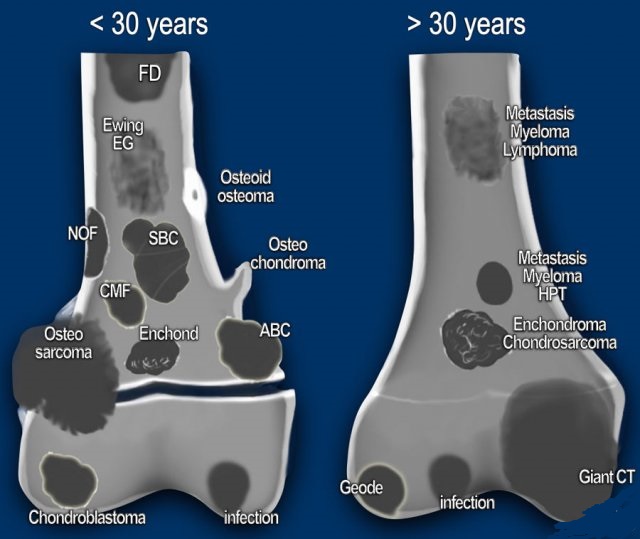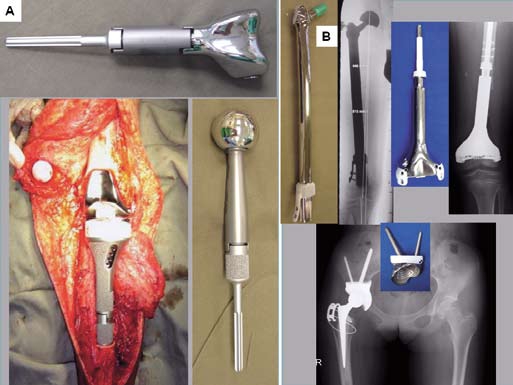Understanding Orthopaedic Oncology: What You Need to Know
Introduction:
Orthopaedic oncology is a specialized branch of orthopaedic surgery that deals with the diagnosis and treatment of bone and soft tissue tumors. These tumors can be benign or malignant, and they can affect any part of the musculoskeletal system, including bones, muscles, and joints. Orthopaedic oncologists work in close collaboration with other medical professionals, such as radiologists, pathologists, and medical oncologists, to provide comprehensive care for patients with bone and soft tissue tumors.
In this blog, we will discuss the basics of orthopaedic oncology, including its common types of tumors, diagnostic methods, and treatment options.
Common Types of Tumors:
There are two broad categories of bone and soft tissue tumors: benign and malignant. Benign tumors are non-cancerous growths that do not spread to other parts of the body, while malignant tumors are cancerous growths that can metastasize or spread to other parts of the body.
Some of the most common types of benign bone tumors include osteochondroma, enchondroma, and giant cell tumor of bone. Malignant bone tumors include osteosarcoma, chondrosarcoma, and Ewing sarcoma.

Soft tissue tumors can also be benign or malignant. Benign soft tissue tumors include lipoma, fibroma, and schwannoma, while malignant soft tissue tumors include liposarcoma, fibrosarcoma, and synovial sarcoma.
Diagnostic Methods:
The diagnosis of bone and soft tissue tumors typically involves a combination of imaging studies, such as X-rays, MRI scans, and CT scans, as well as a biopsy. A biopsy involves the removal of a small sample of tissue from the tumor, which is then examined under a microscope to determine if the tumor is benign or malignant.
In some cases, genetic testing may be used to identify specific mutations that are associated with certain types of bone and soft tissue tumors.
Treatment Options:
The treatment of bone and soft tissue tumors depends on several factors, including the type and stage of the tumor, as well as the patient’s overall health and preferences.
In many cases, surgery is the primary treatment for bone and soft tissue tumors. The goal of surgery is to remove as much of the tumor as possible while preserving the function of the affected limb or joint. In some cases, radiation therapy may be used in conjunction with surgery to kill any remaining cancer cells.

Chemotherapy may also be used to treat some types of bone and soft tissue tumors, particularly those that are highly aggressive and have a high risk of metastasizing.

In cases where the tumor cannot be cured, palliative care may be used to manage symptoms and improve the patient’s quality of life.
Conclusion:
Orthopaedic oncology is a highly specialized field that requires expertise in the diagnosis and treatment of bone and soft tissue tumors. By understanding the common types of tumors, diagnostic methods, and treatment options, patients and their families can make informed decisions about their care and work with their healthcare team to develop a comprehensive treatment plan that meets their individual needs and goals.




